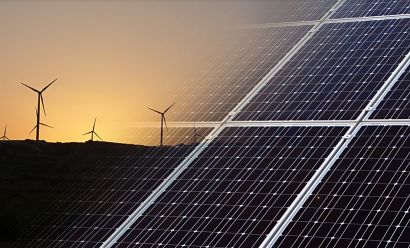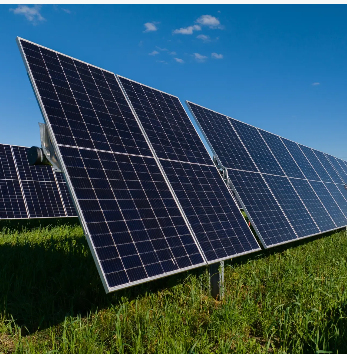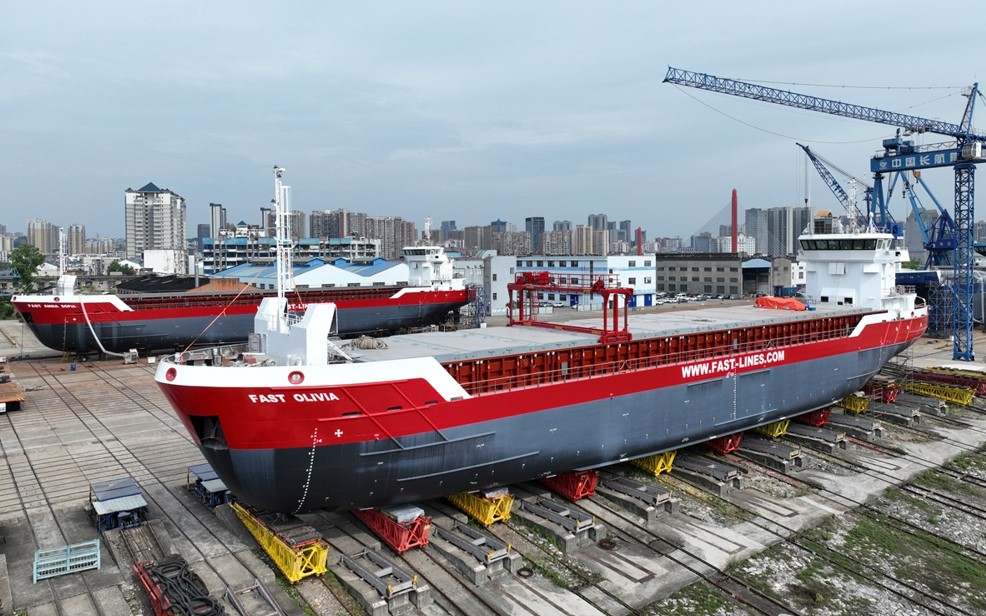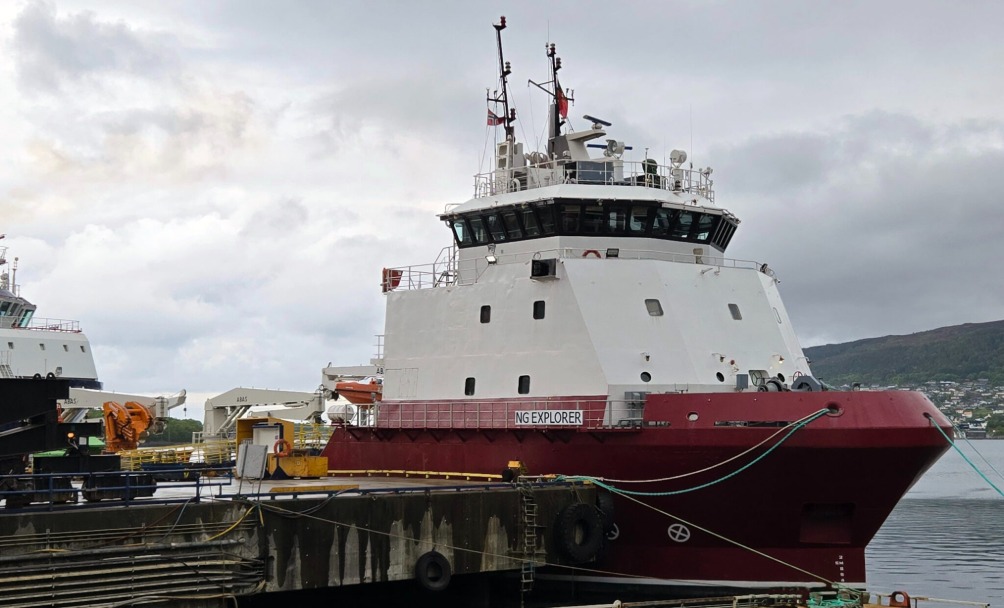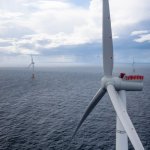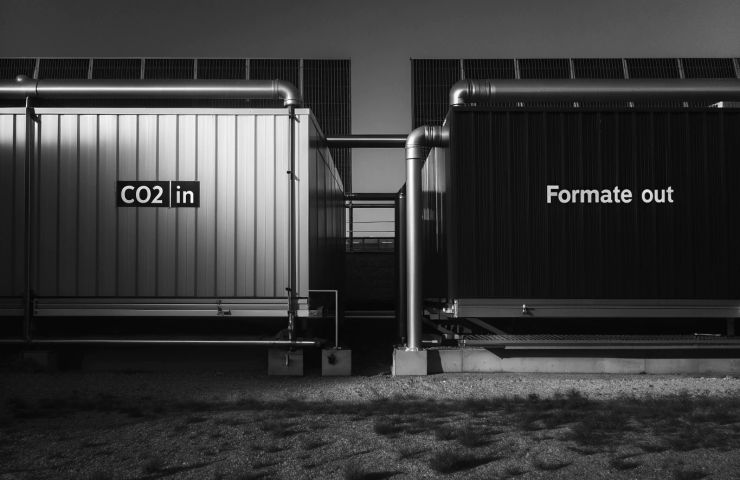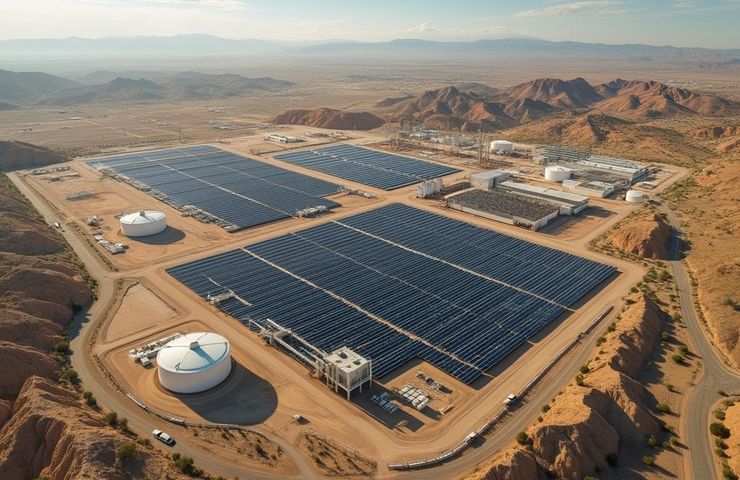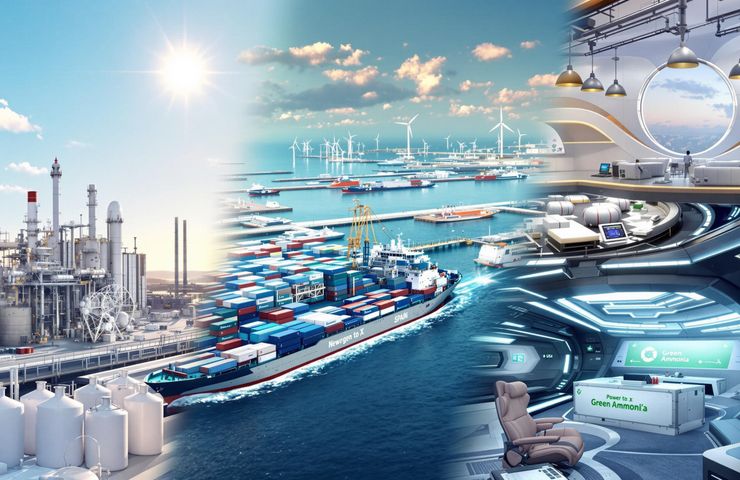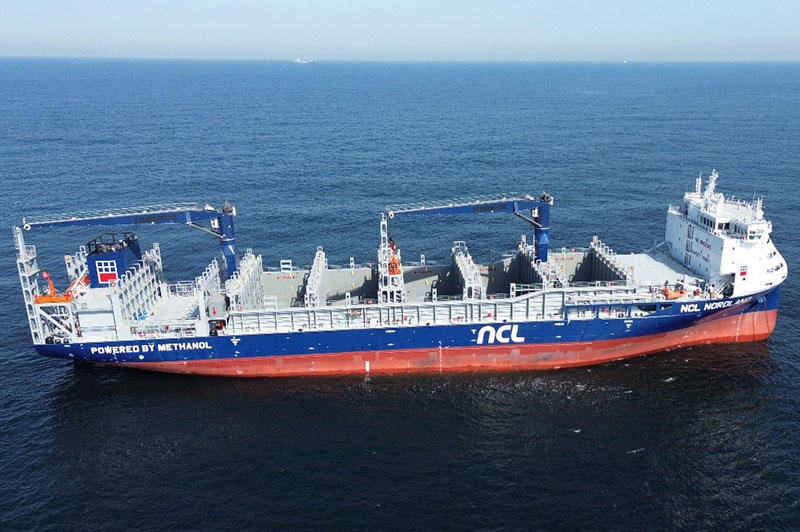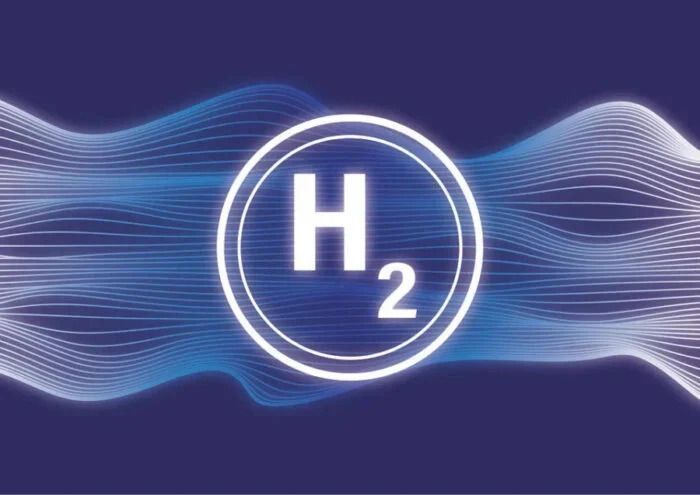Hydrogen Europe Ties Up with Latin America to Build Global Green Hydrogen Corridors
Hydrogen Europe and LAC Clean Hydrogen Action have joined forces in a big way, signing a game-changing memorandum of understanding…
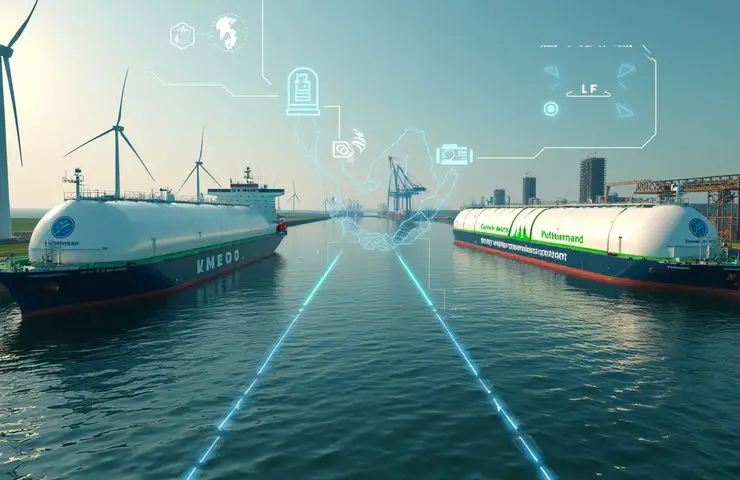

Hydrogen Europe and LAC Clean Hydrogen Action have joined forces in a big way, signing a game-changing memorandum of understanding (MoU) at the World Hydrogen Summit 2025. The goal? To set up green hydrogen trade routes that connect Latin America and the Caribbean directly with Europe. This partnership is all about fast-tracking clean hydrogen collaboration, with a spotlight on things like certification standards, shipping logistics, and developing a skilled workforce across both sides of the Atlantic.
Latin America steps up as Europe seeks major imports
Latin America is aiming to deliver hydrogen at less than $1.50 per kilo — a bold move that aligns perfectly with the EU’s ambitious goal of bringing in 10 million tonnes of renewable hydrogen by 2030. With more than $2 billion already committed to project development, and access to the EU’s massive $45 billion Global Gateway initiative, the region is quickly becoming a serious player. This transatlantic energy alliance puts Latin America in line to be one of the world’s top green hydrogen exporters, while Europe gears up to be a leading buyer in this global race for clean fuel solutions.
Tech and transport: ammonia, LOHCs, and blockchain
On the technical front, the partnership is looking into solid ways to make hydrogen production and transport work smoothly at scale. That includes using clean ammonia and liquid organic hydrogen carriers (LOHCs) to move hydrogen safely and efficiently across long distances. There’s also a push for transparency and traceability, with blockchain-based certification systems expected to play a major role. That means buyers will know exactly how clean their fuel is — a must-have in today’s tightening energy standards.
Building skills and setting standards across borders
But it’s not just about tech and trade. The two regions are planning to launch a joint hydrogen standards body that will help get everyone on the same page when it comes to protocols and best practices. On top of that, there’s talk of a workforce development program that could train up to 50,000 people in both Europe and Latin America for jobs in the growing hydrogen sector — a move that’s essential for turning plans into action.
Challenges ahead: infrastructure and geopolitics
Of course, no bold plan comes without risks. There are still concerns about possible political and economic imbalances — especially around neo-extractive practices in resource-rich regions. Infrastructure is also a sticking point; scaling up hydrogen infrastructure fast enough to meet demand is going to take coordination, investment, and a whole lot of engineering. But with the momentum building, and both regions committed to tackling climate change through industrial decarbonization, there’s a lot of optimism around what this alliance can deliver.
What's Your Reaction?

















